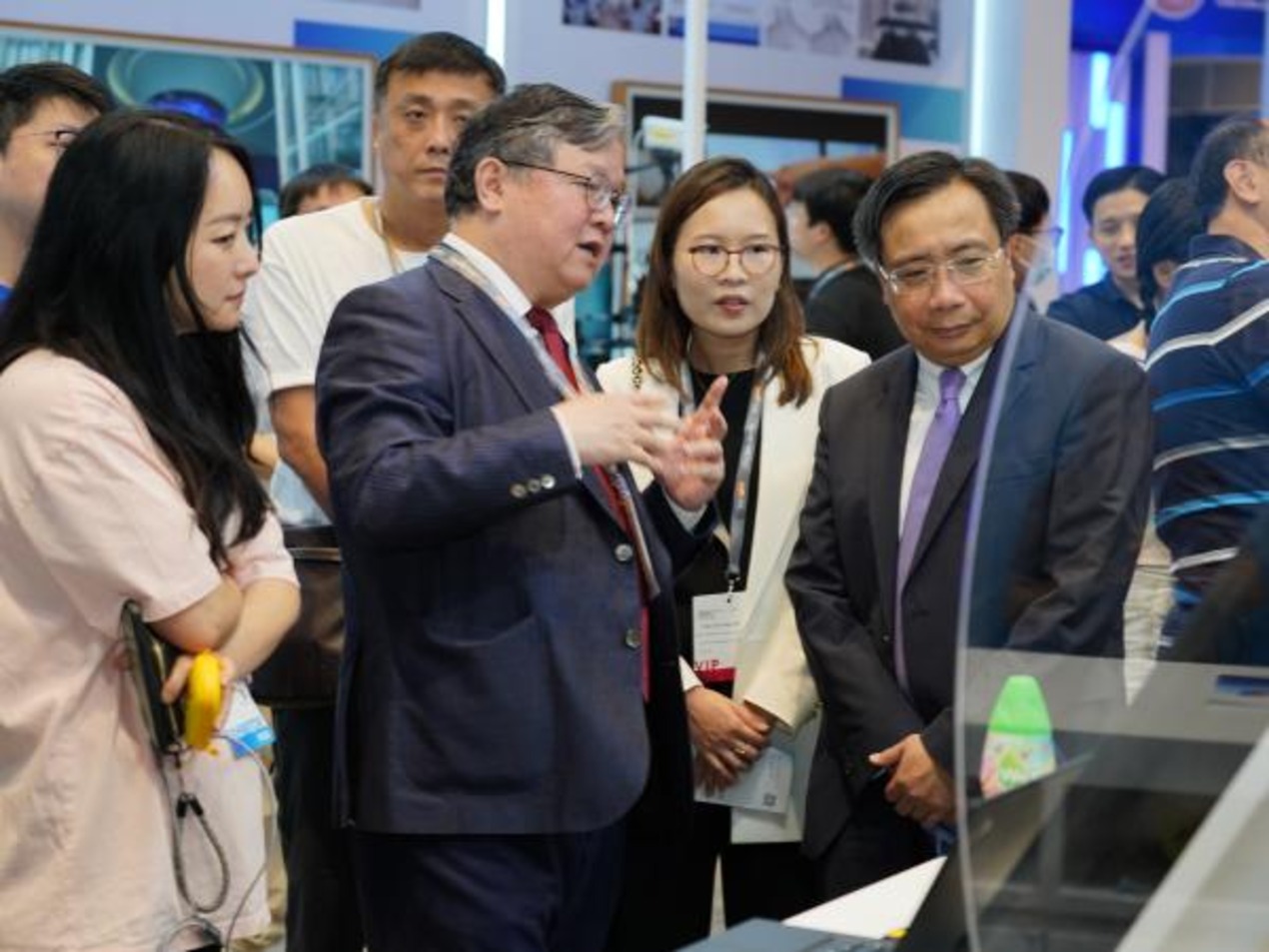
In the construction of smart cities and nations, the Internet of Things is integral to its function. IoT presents potential for cities of the future to be fully connected and digital. Government agencies are making strides in using and working with IoT to increase citizens’ quality of life.
Information technology firms are searching for those individuals with the right combination of relevant skills. When it comes to IoT experience, the industry faces a talent shortage.
Firms may feel convinced to hire someone with less than exceptional experience. This leads to extra job training and skills matriculation that eats out of crucial time. It is fair to question, how might these firms find satisfactory job candidates for an industry which is rapidly changing and evolving.
Chief Information Officers may not believe they have the ability to independently prepare an IT workforce for the oncoming IoT frontier. However, there are a few things that can be done to help mend this skills gap:
1. Identify the biggest gap in IoT intelligence.
Focus on what areas in your organisation needs more intelligence. By honing in on these needs within the company, the specificities of the ideal candidate will be easier to conceptualize. Also, within the organisation you might be able to build on existing skills through learning seminars or workshops.
2. Capitalise on your strengths.
What you exceed at will be what you can teach to others. Recognize what your organisation is good at, fix on those skills, and promote it. Identifying strengths and sharing them amongst peers will generate a sense of pride and motivation. Proving what has been accomplished may be one step towards proving what may be accomplished in the future.
3. Partner with educational institutes.
In producing the next generation of smart candidates, it is worth investing in institutes of education. With the right guidance and curriculum, students are able to build exceptional technology skills. Governments and businesses often team up to prepare for the future of innovation by launching educational programs relating to IT. Through these initiatives youth are introduced to coding, university students enroll in further tech skills development, and the pool of tech talent will grow larger.
4. Consider job candidates with diverse skills.
When looking to external talent to fill job openings, consider the candidates with a diverse set of skills. Technical knowledge is adopted through education, yet personable skills and traits are developed within a person.
Take on the person who is personable, committed, and eager. They will be easier to integrate as they have the skills to learn whatever disciplines necessary. These individuals will be able to bring innovation and a fresh sense of enthusiasm.
– See more at: https://opengovasia.com/blog/technology/2015/08/dealing-iot-skills-gap/#sthash.Zf5YiQA9.dpufIn the construction of smart cities and nations, the Internet of Things is integral to its function. IoT presents potential for cities of the future to be fully connected and digital. Government agencies are making strides in using and working with IoT to increase citizens’ quality of life.
Information technology firms are searching for those individuals with the right combination of relevant skills. When it comes to IoT experience, the industry faces a talent shortage.
Firms may feel convinced to hire someone with less than exceptional experience. This leads to extra job training and skills matriculation that eats out of crucial time. It is fair to question, how might these firms find satisfactory job candidates for an industry which is rapidly changing and evolving.
Chief Information Officers may not believe they have the ability to independently prepare an IT workforce for the oncoming IoT frontier. However, there are a few things that can be done to help mend this skills gap:
1. Identify the biggest gap in IoT intelligence.
Focus on what areas in your organisation needs more intelligence. By honing in on these needs within the company, the specificities of the ideal candidate will be easier to conceptualize. Also, within the organisation you might be able to build on existing skills through learning seminars or workshops.
2. Capitalise on your strengths.
What you exceed at will be what you can teach to others. Recognize what your organisation is good at, fix on those skills, and promote it. Identifying strengths and sharing them amongst peers will generate a sense of pride and motivation. Proving what has been accomplished may be one step towards proving what may be accomplished in the future.
3. Partner with educational institutes.
In producing the next generation of smart candidates, it is worth investing in institutes of education. With the right guidance and curriculum, students are able to build exceptional technology skills. Governments and businesses often team up to prepare for the future of innovation by launching educational programs relating to IT. Through these initiatives youth are introduced to coding, university students enroll in further tech skills development, and the pool of tech talent will grow larger.
4. Consider job candidates with diverse skills.
When looking to external talent to fill job openings, consider the candidates with a diverse set of skills. Technical knowledge is adopted through education, yet personable skills and traits are developed within a person.
Take on the person who is personable, committed, and eager. They will be easier to integrate as they have the skills to learn whatever disciplines necessary. These individuals will be able to bring innovation and a fresh sense of enthusiasm.
In the construction of smart cities and nations, the Internet of Things is integral to its function. IoT presents potential for cities of the future to be fully connected and digital. Government agencies are making strides in using and working with IoT to increase citizens’ quality of life.
Information technology firms are searching for those individuals with the right combination of relevant skills. When it comes to IoT experience, the industry faces a talent shortage.
Firms may feel convinced to hire someone with less than exceptional experience. This leads to extra job training and skills matriculation that eats out of crucial time. It is fair to question, how might these firms find satisfactory job candidates for an industry which is rapidly changing and evolving.
Chief Information Officers may not believe they have the ability to independently prepare an IT workforce for the oncoming IoT frontier. However, there are a few things that can be done to help mend this skills gap:
1. Identify the biggest gap in IoT intelligence.
Focus on what areas in your organisation needs more intelligence. By honing in on these needs within the company, the specificities of the ideal candidate will be easier to conceptualize. Also, within the organisation you might be able to build on existing skills through learning seminars or workshops.
2. Capitalise on your strengths.
What you exceed at will be what you can teach to others. Recognize what your organisation is good at, fix on those skills, and promote it. Identifying strengths and sharing them amongst peers will generate a sense of pride and motivation. Proving what has been accomplished may be one step towards proving what may be accomplished in the future.
3. Partner with educational institutes.
In producing the next generation of smart candidates, it is worth investing in institutes of education. With the right guidance and curriculum, students are able to build exceptional technology skills. Governments and businesses often team up to prepare for the future of innovation by launching educational programs relating to IT. Through these initiatives youth are introduced to coding, university students enroll in further tech skills development, and the pool of tech talent will grow larger.
4. Consider job candidates with diverse skills.
When looking to external talent to fill job openings, consider the candidates with a diverse set of skills. Technical knowledge is adopted through education, yet personable skills and traits are developed within a person.
Take on the person who is personable, committed, and eager. They will be easier to integrate as they have the skills to learn whatever disciplines necessary. These individuals will be able to bring innovation and a fresh sense of enthusiasm.
















